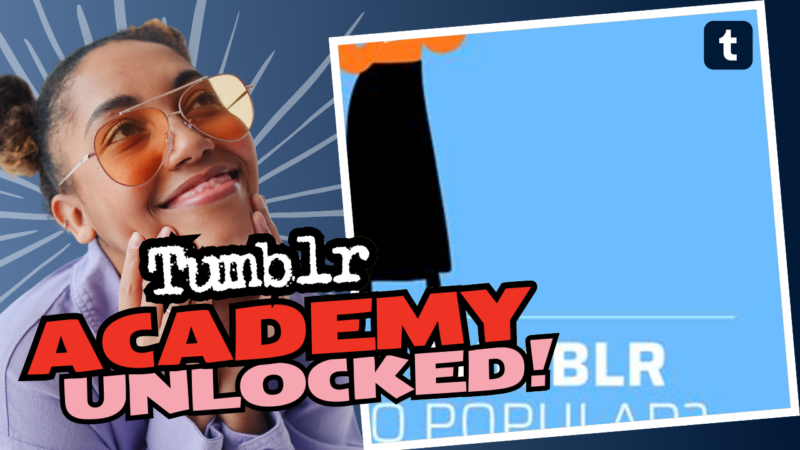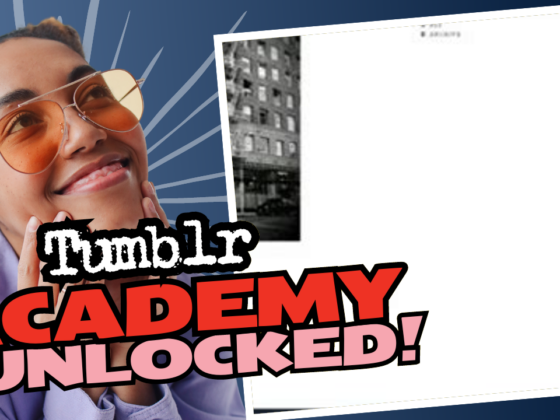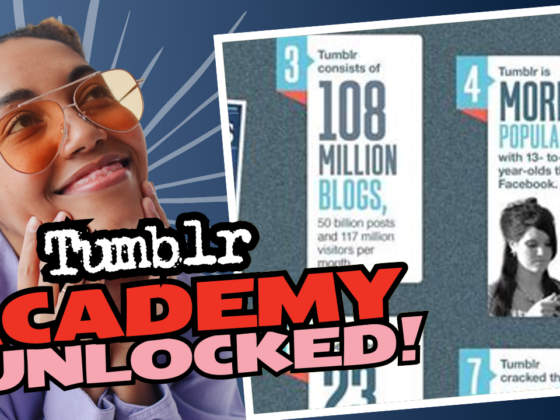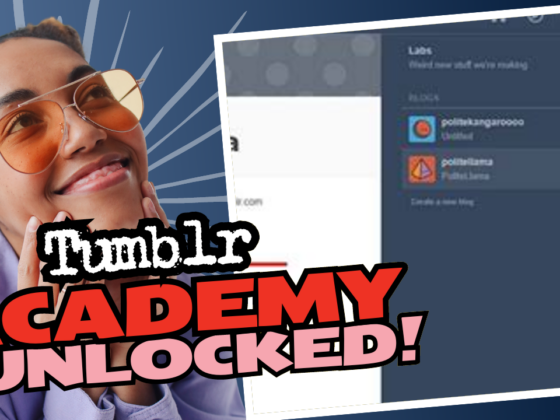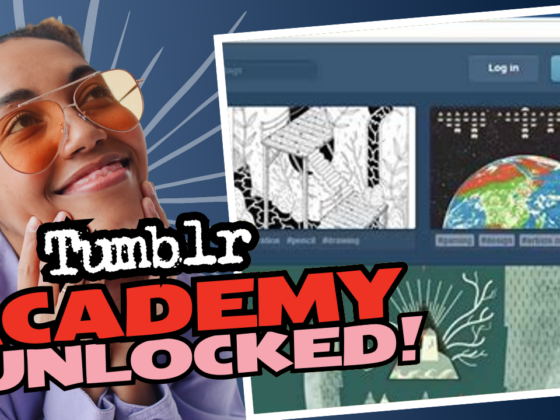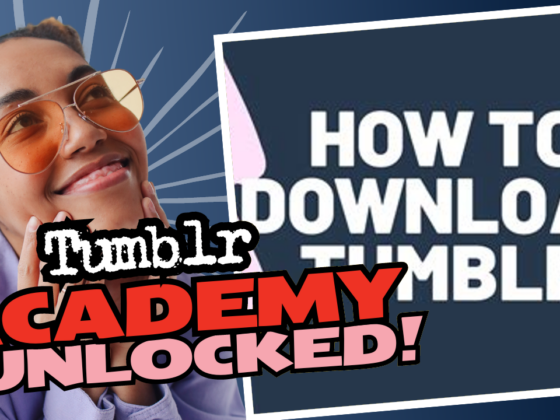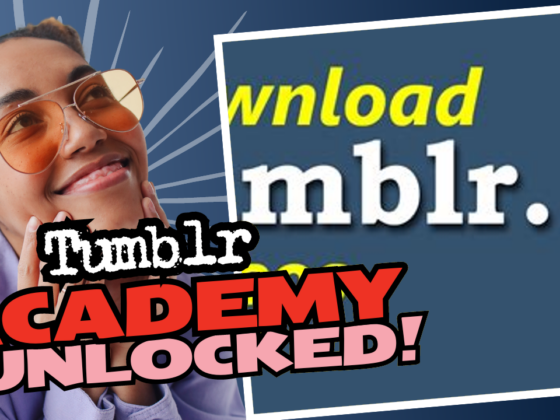The Tumultuous Rise and Fall of Tumblr: A Nostalgic Journey
So, you want to know when Tumblr was at its peak? Hold onto your oversized glasses and grunge flannels, because we’re diving headfirst into the wild world of Tumblr—a platform that shaped a generation’s online culture, one GIF at a time. Let’s explore its popular zenith, the points of cultural influence, and even if it still holds relevance today!
The Golden Era of Tumblr: 2011-2013
Ah, the early 2010s! A magical time when everything was possible, from chaotic fandom wars to an endless river of memes. By 2011, Tumblr had emerged as the undisputed champion of social media platforms, especially among the teen and college crowd. Imagine half of Tumblr’s entire visitor base being under the age of 25—yup, that’s basically a digital playground for your inner hipster!
In April 2013, the platform boasted approximately 117.5 million blogs with a user base that was visibly growing by leaps and bounds. It quickly became the go-to spot for sharing witty text posts, reblogging art, and pining over your favorite TV show characters. You could find everything from existential quotes to adoring fan art of the latest heartthrobs. The community buzzed with life, and every day felt like an inside joke that only Tumblr could understand!
Cultural Impact: More Than Just “Posts”
What sets Tumblr apart from its contemporaries? It was more than just a standard social media platform; it created an entire internet culture revolution! Users became adept in the art of GIF-making, and “reblogging” was practically an Olympic sport. The platform birthed countless memes and trends, which would then seep into mainsteam media. Think of it as the underground club that everyone pretended they discovered first:
- Your Fave Is Problematic: This phrase, like many others, originated on Tumblr, critiquing beloved celebrities while still being utterly obsessed with them.
- Text Posts: Tumblr’s text posts became a unique medium for humor, wit, and vulnerability, showcasing the beautifully chaotic fabric of life.
- Fandom Culture: You could find passionate fan communities for basically anything—especially for TV shows, anime, and even obscure indie films.
And then there were the infamous “Tumblr Posts” that became the gold standard for memes—if it was relatable and silly, you could bet someone on Tumblr had turned it into a comedic masterpiece.
Who Were the Tumblr Royals?
Now, what’s a social network without its infamous users? Tumblr had its fair share of ‘internet royalty’—the greats who ruled your dashboards. Remember those names like Teaboot, Cryptotheism, and an array of other iconic bloggers? They didn’t just post; they SET THE MOOD. Their content was circulated like currency, spreading like wildfire through the community.
These individuals were responsible for trends and memes that randomly consumed your sleep, causing you to question your sanity as you scrolled through endless text posts at 3 AM. If you knew, you knew!
Peak Popularity Colors: 2012-2013
Between 2012 and 2013, things just got a whole lot crazier. The platform witnessed explosive growth—between November 2011 and November 2012, unique visitors surged from 21.8 million to 32 million, and Fred, the guy who invented Tumblelogging, was officially proud. This prompted the “Tumblr Era” of 2012, making it a significant point in cultural evolution.
Remember the *first* time you came across the phrase, “If you don’t have a Tumblr, do you even exist?” Those were the days! Even the mainstream media couldn’t escape its magnetic pull; various celebrities and brands launched their presence on Tumblr, tapping into the treasure trove of user-generated content. Pop culture, somehow, knew it was time to take a plunge into this shiny new abyss!
The Aftermath: What Happened Post-2013?
But oh, dear readers, what goes up must come down—*eventually*. Fast forward to 2014, and the tide began to shift. Tumblr struggled to maintain its profitability, and the once vibrant platform started feeling like a deserted amusement park after closing time. By 2020, many users migrated to platforms like Instagram and TikTok, seeking new forms of engagement.
And while Tumblr tried to keep its user base alive by introducing features like Polls and “Goodbye, Reblog,” it felt like putting Band-Aids on a Titanic-sized gash. The jokes about how Pinterest was Tumblr’s older, more organized sibling began to fly around. Social norms also shifted as attention spans dwindled, leaning towards more immediate gratification online, which didn’t quite mesh with Tumblr’s long-form bliss.
Despite the Decline, Don’t Count It Out Yet!
Now, do people still use Tumblr? Is it just a ghost town filled with alternate universes of fandoms, old memes, and random fanfic? Surprise! Tumblr didn’t *totally* phase out. As of February 2024, it has about 222.7 million visitors each month. Apparently, the mystical allure of all things nostalgia has kept the faithful few clutching onto their custom themes and quirky blogs.
Interestingly, Tumblr has become something akin to a preservation site for ‘internet culture.’ Despite losing traction against more visually-oriented platforms, its charm lies in its eccentrics. Current trends involve “Post Type” sections and plenty of self-referential humor, keeping the spirit alive.
Conclusion: A Love Note to Tumblr
So, when was Tumblr most popular? It peaked between 2011 and 2013, with a cultural impact that was undeniable. While it may no longer hold the crown, it still reigns as an emblem of internet history. Its wild community and distinctive style nurtured a plethora of creativity that continues to echo in today’s media landscape.
In a world consumed by short videos and fleeting trends, Tumblr remains a quirky refuge—a time capsule for the digital dreams that once were.
And let’s face it: there’s something comforting about scrolling through that familiar dashboard filled with dog memes, fandom discussions, and existential crises. If you ever felt like going back in time to the good old days of the internet, Tumblr might just be your delightful escape.
So, get out there and re-explore the remnants of a uniquely wild phenomenon that millions once flocked to. Whether you’re a seasoned user or a curious newbie, the playful chaos of Tumblr still invites you in. Go ahead, relive the magic!

